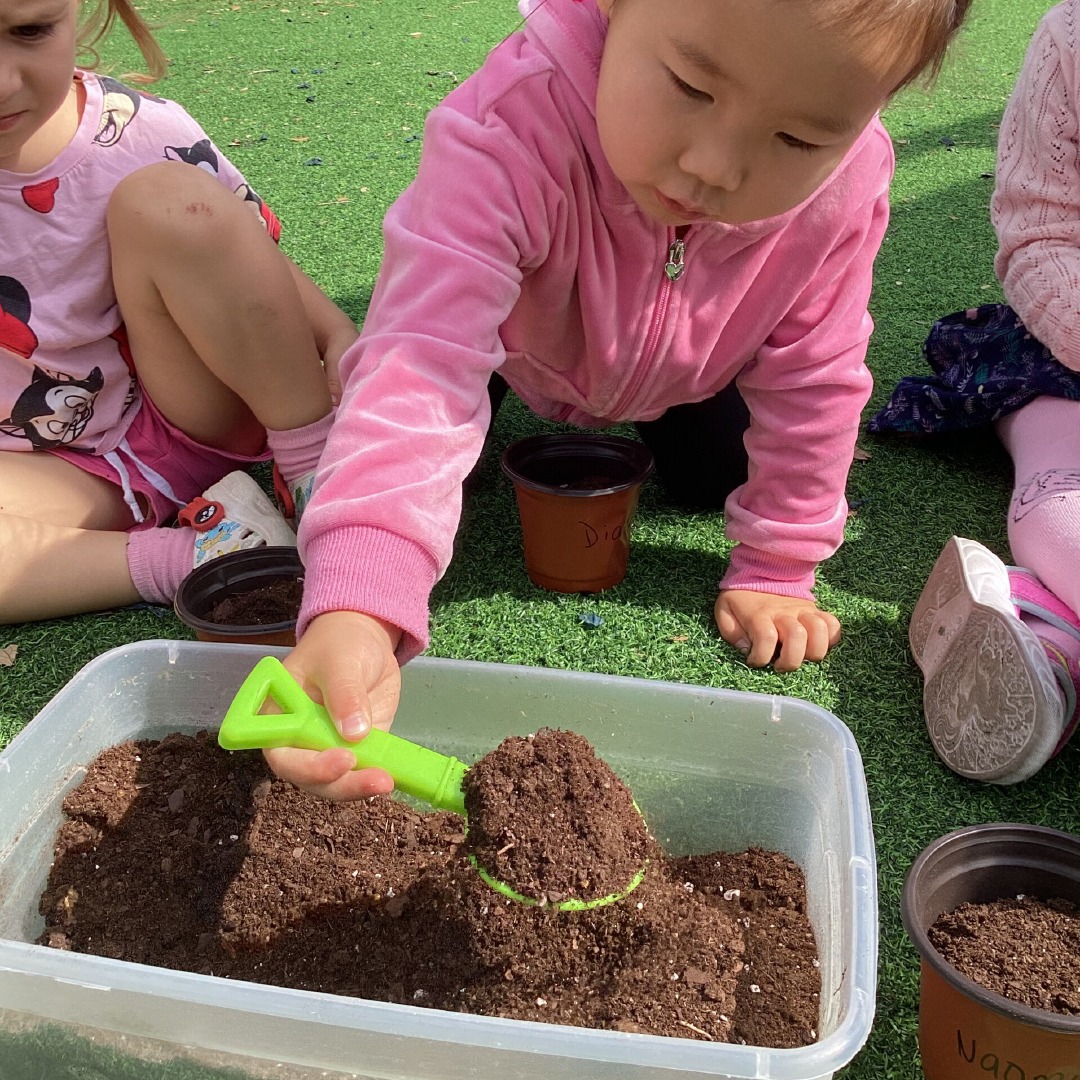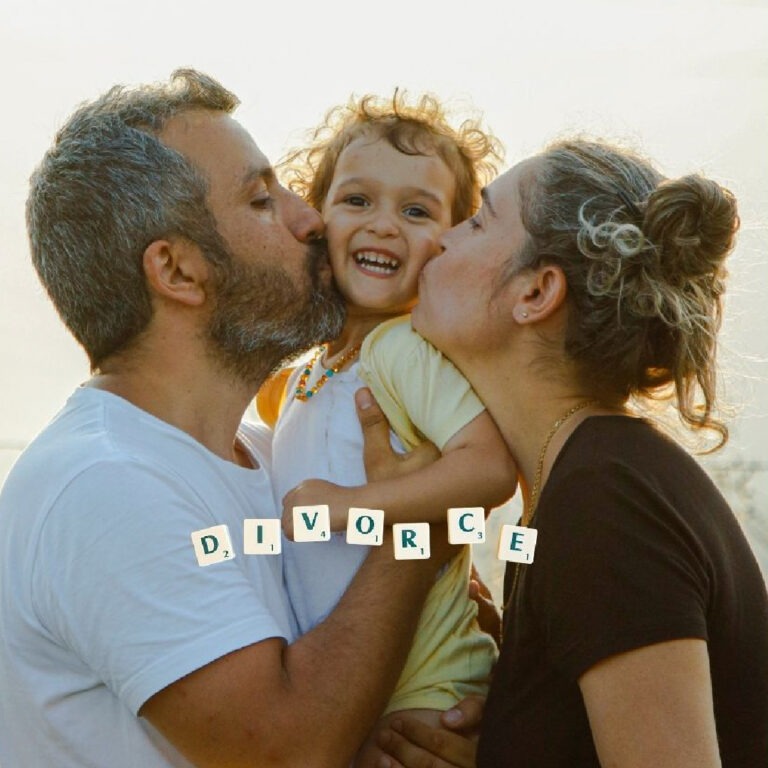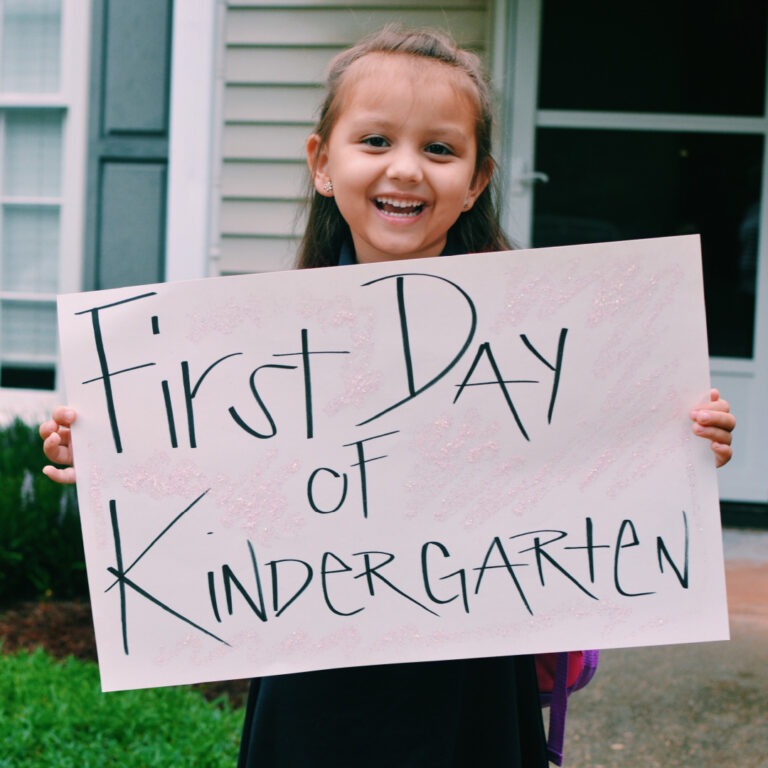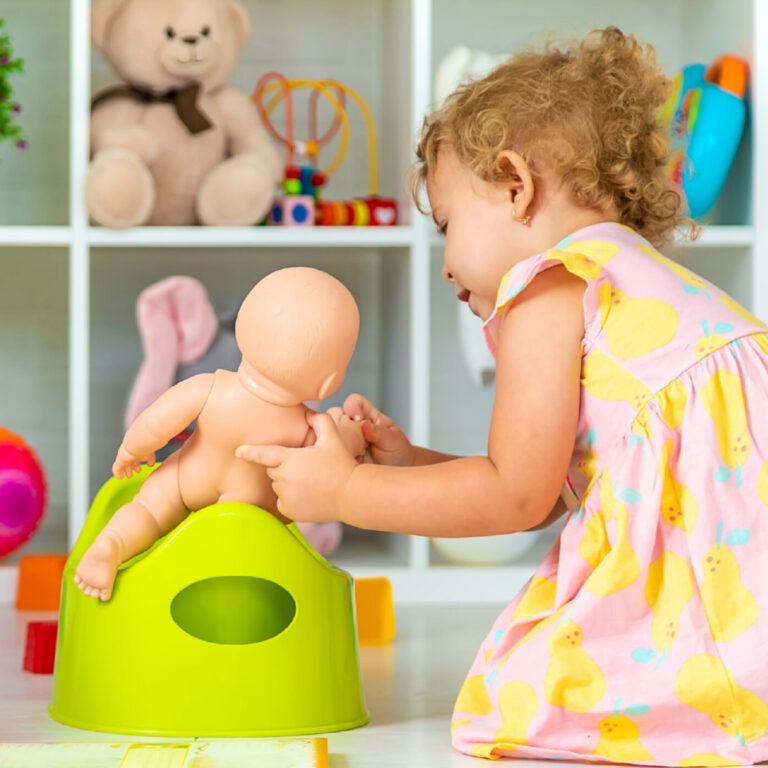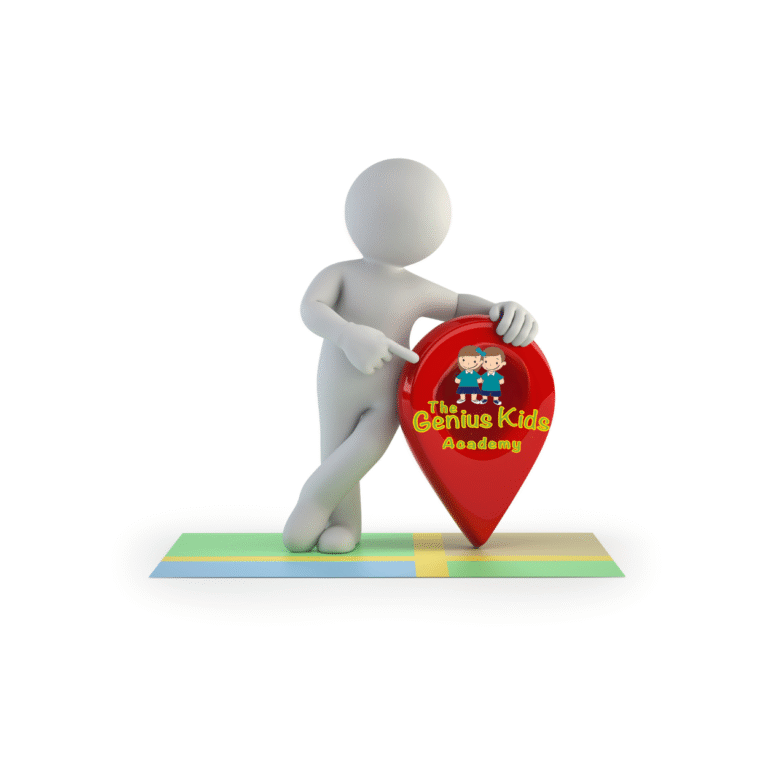Preschool Education Benefits That Shape a Child’s Future Success
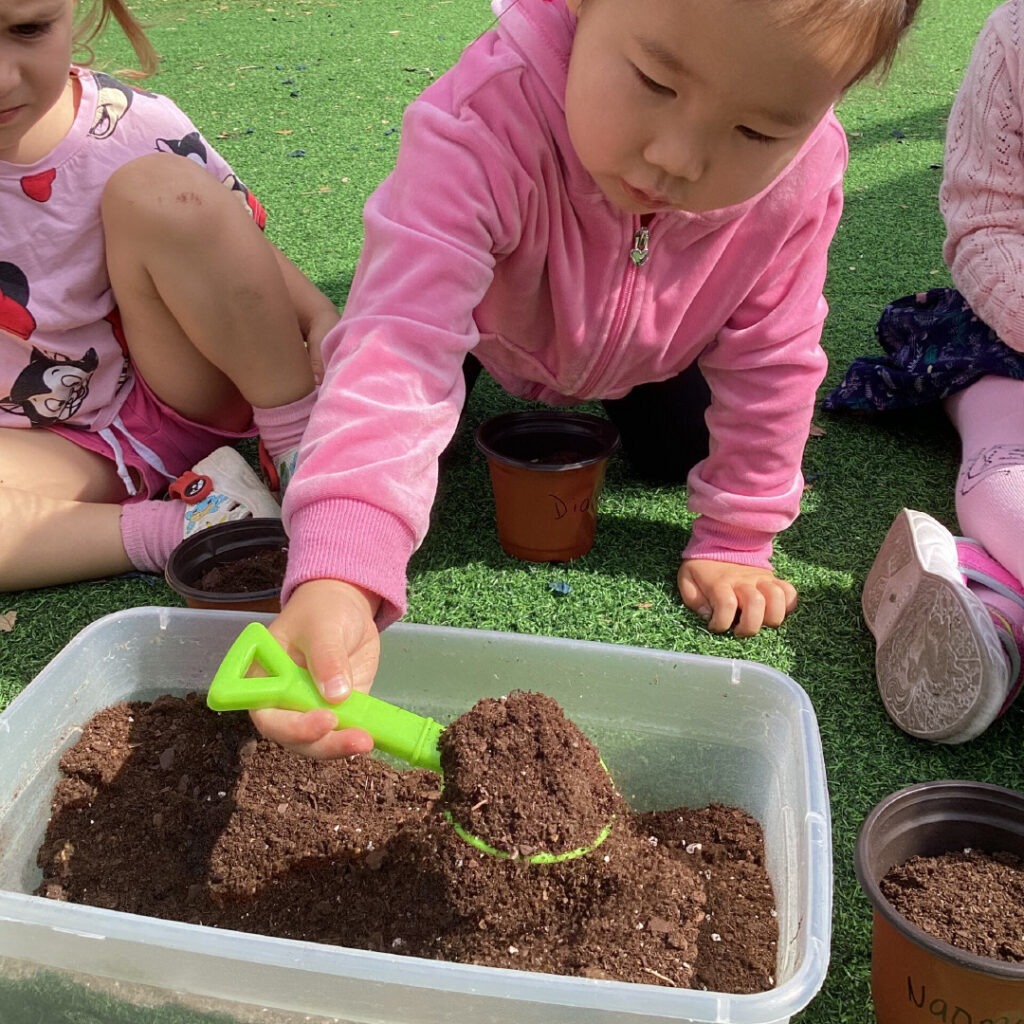
- What is Preschool Education?
- 1. Foundational Skills
- 2. Socialization Hub
- 3. Emotional Growth
- 4. Structured Play
- Types of Preschool Programs
- Play-Based
- Academic-Focused
- Philosophy-Led
- Preschool Versus Daycare
- Core Focus
- Daily Structure
- Staff Qualifications
- Your Role in Their Journey
- Partnership
- Reinforcement
- Communication
- How to Choose a Preschool
- Observe
- Inquire
- Trust
- Beyond the Classroom Walls
- Conclusion
- Frequently Asked Questions
- What is preschool education?
- What types of preschool programs exist?
- How is preschool different from daycare?
- Why is preschool important for children?
- How can parents choose the right preschool?
- What is a parent’s role during preschool years?
- What skills do children gain from preschool?
Key Takeaways
- Preschool is critically important and can make life-changing differences at young ages by establishing fundamental skills in reading, math, languages, and social expertise.
- Active, open-ended play and hands-on activities in preschool foster creativity, physical coordination, and cognitive growth for well-rounded development.
- It’s not easy picking a preschool program for your child. The best choice depends on your child’s personality, learning style, and the alignment of family values with the program philosophy.
- Open communication and strong partnerships between parents and preschool staff enrich the educational experience and bolster the child’s development.
- By reinforcing preschool at home and getting involved in community activities, you can help your child retain his or her skills and develop a lifelong love for school.
- Observing classrooms, asking questions, and trusting your instincts are important steps in picking a preschool that suits your child.
Preschool is an educational program that prepares little ones, typically between the ages of three and five, prior to their entrance into elementary school. They guide kids to develop foundational language, math, and social skills through play and basic group activities.
Many preschools contain prescribed activities with age-appropriate games or stories that steer the lesson. Certain schools, for example, may emphasize alternative pedagogical methods.
The latter half describes what to expect and how to select a preschool.
What is Preschool Education?
Preschool education is an essential early childhood education program for kids around the preschool age of three to five years. It comes prior to formal education and fundamentally influences how kids learn, think, and engage. This time, while the brain is still developing rapidly, is critical for establishing a solid foundation in reading, math, and interpersonal skills, which are vital for school readiness.
A preschool blends guided activities with free play, frequently employing play as the primary educational vehicle. Whether they’re called nursery schools, day care, or crèche, these environments are where preschoolers develop and learn collaboratively.
Centers can be group-based or self-directed, but all share the goal of assisting preschool children in developing basic skills, socializing with peers, and maturing emotionally.
1. Foundational Skills
Preschool establishes the foundational skills that kids require for future achievement. Language skills blossom as kids chatter, sing, and hear stories, while motor skills emerge through drawings, blocks, and outdoor play. This type of activity helps kids use their hands and bodies in new ways, reinforcing their movement skills and control of movement.
Hands-on activities lie at the heart of preschool education. Counting objects, sorting shapes, and matching colors spark more than early math mastery; they promote critical thinking. Easy puzzles and block-building prompt children to problem-solve and experiment with different answers.
Early literacy is another focus. Reading picture books out loud, practicing letter sounds, and playing word games contribute to children’s ability to identify words and sounds. All these create a solid foundation for reading and writing down the road. Integrating these activities into daily life makes education seem organic and enjoyable.
2. Socialization Hub
Preschool is usually the first time kids encounter and interact with peers beyond their family. Among peers in groups, they learn social cues like listening, sharing, and taking turns. Role play, such as pretending to play store or take care of dolls, helps kids practice these skills.
Group games and story circles promote cooperation among children, creating teamwork and respect. When disputes emerge, teachers lead them through conflict resolution and friendship-building. It’s these seemingly small moments that matter; they not only teach children how to regulate frustration but how to be kind.
Organizing playdates beyond the classroom environment can assist in solidifying these teachings and provide children additional opportunities to apply themselves with their peers in new environments.
3. Emotional Growth
Preschool teaches kids about their emotions and the emotions of others. Structured play dates and reading aloud cultivate compassion and teach them about various feelings. Teachers are a huge influence, demonstrating how to manage frustration or disappointment in a composed manner.
They learn how to verbalize their feelings, which helps them cope with stress or transition. Routines, such as snack time, clean-up, and quiet time, provide a sense of structure and make kids feel secure. These habits foster self-confidence and independence, allowing children to take risks and take pride in their advances.
4. Structured Play
Guided play is intentionally designed so play activities have a specific aim, such as constructing a tower or creating a painting. These free form games ignite imagination and give kids the opportunity to experiment with concepts in a protected environment. Traditional activities could be block building, sorting by color or size, or coloring with crayons.
Playtime like this aids physical development. Jumping, balancing, and stacking stuff develops balance and hand-eye coordination. Sprinkle in educational toys—puzzles, counting beads, etc—that keep it fun and help with the learning process.
Types of Preschool Programs
Preschool programs can take numerous different forms, with a variety of objectives and strategies. Some emphasize play, others academics, and numerous embrace a particular philosophy of education. There’s no standard, one-size-fits-all preschool program.
The key is matching a child’s individual needs, interests, and learning style to the appropriate program. Community resources assist families in discovering and navigating options, so they can more easily find a good fit. Flexible schedules like half-day or full-day programs can accommodate working parents or families that need a more flexible schedule.
- Main types of preschool are play-based, academic-focused, and philosophy-led.
- Co-ops promote hands-on family involvement and faith-based programs integrate core beliefs with early education.
- Community centers, local schools and parent groups are great sources for finding out what’s available.
- Preschool is best chosen according to your child’s readiness, temperament, and learning needs.
Play-Based
Play-based preschools structure their curriculum on the premise that kids learn best through play and direct experience. Teachers design experiences that encourage children to investigate, be creative, and think through problems at their own rhythm.
Blocks, art, music, and outdoor play are their tools. It encourages engagement, develops language and social skills, and aids children in gaining self-confidence. The programs often balance free play with guided activities where kids get support but are still making choices for themselves.
Holistic development is the focus — cognitive, social, emotional, and physical growth.
Academic-Focused
| Pros | Cons |
| Prepares for formal schooling | May limit creative play |
| Structured curriculum | Can be stressful for some children |
| Early literacy and math skills | Less flexibility in daily routine |
Academic-based programs employ a curriculum designed to prepare kids for kindergarten. These would typically involve teacher-led instruction in reading, writing, math, and science, often with workbooks or group-type exercises.
For kids who are precocious or need a stretch, it can develop skills and confidence. Families should think about whether their child is prepared for a more structured, goal-based setting or if a slower pace would be preferable.
Philosophy-Led
Philosophy-led preschools adhere to particular philosophies. Montessori schools employ self-directed activity and teachers function as guides.
Reggio Emilia programs emphasize creativity and have children express concepts via art and projects. In Waldorf schools, rhythm, hands-on work and imaginative play are paramount.
HighScope emphasizes active learning and daily routines. Bank Street focuses on the environment and the whole child.
Parents should seek alignment between their child’s learning style and the school’s philosophy.
Visiting schools, talking with teachers, and observing classrooms can help families determine if the teaching methods and underlying values align with their goals.
Preschool vs. Daycare
They get lumped together a lot. Below is a table that highlights key differences to help parents decide.
| Feature | Preschool | Daycare |
| Core Focus | Education, skill-building, structured learning | Supervision, basic care, play |
| Age Range | 2–5 years | A few months–5 years |
| Daily Structure | Planned curriculum, set routines | Flexible, care-focused, variable routines |
| Staff Qualifications | Trained teachers, certifications | Varies, may have fewer teaching credentials |
| Hours | Fixed, matches school schedules | Extended, flexible to parent needs |
| Main Outcome | Ready for kindergarten, pre-academic skills | Safe environment, socialization |
Core Focus
Preschool makes learning the focus. The teachers have a plan to develop pre-academic skills like early math, reading, and writing. Little kids in those situations frequently get preschool-type activities. For example, they can practice counting, acquire letters, or participate in collaborative activities that develop teamwork.
Daycares are more about care. They secure and gladden kids while parents work. They are generally activity-oriented, play-based, and underemphasize formal learning achievements. Daycare can be a great fit for kids too young for preschool or families who require flexible hours.
Some daycares provide learning activities, but they might be less formal or outcome oriented than in preschools. Preschool introduces your child to an academic environment and schedule, easing the transition to kindergarten.
As parents, you need to contrast whether your child will thrive more in a care-centered environment or one that has early learning objectives.
Daily Structure
There is a schedule in preschool that includes blocks of group lessons, snacks, play, and quiet time. This routine provides kids security and teaches them how to maintain a schedule. For instance, a day might begin with circle time, then move to a math game, then art, lunch, and story time.
Routine is important to young kids. Knowing what comes next can lower stress, and predictable days help them know what comes next. Structured learning allows children to have the same sorts of experiences day after day, developing skills incrementally.
Other parents may want to have a peek at a daily schedule before selecting a program to ensure it adequately meets their child’s needs.
Staff Qualifications
What makes a good preschool, more than anything else, begins with the teachers. Staff in preschools typically have some training in early childhood education or something similar. They usually have certifications or degrees, and they’ve demonstrated that they know how to teach littles.
This training allows teachers to identify learning needs, pace things appropriately, and use evidence-based methods for helping children master new skills. Daycare workers might, or they might not, have this same training.
Though many are loving and qualified, they’re oriented around safety and care, not instruction. Parents should inquire about staff backgrounds and what training they have. A good teacher can seriously impact a child’s learning and growth.
Your Role in Their Journey
Parents form the preschool adventure as reliable navigators and engaged collaborators in early childhood education programs. Their encouragement and decisions lay the foundation of a child’s initial development, connecting home and preschool to support preschoolers in developing skills, confidence, and a passion for learning.
Partnership
A solid connection between parents and preschool staff significantly enhances the preschool environment. Each side brings the best of its talents and experience, ensuring that all aspects of a child’s development are covered. Regular discussions of advancement or challenges enable both educators and parents to calibrate their assistance effectively, fostering a supportive early childhood education program.
When parents attend parent-teacher meetings or contribute their own expertise, kindergarten teachers can tailor lessons or activities to accommodate each preschooler. This collaboration allows parents to share their family’s traditions and interests, enriching the preschool age range experience. For instance, volunteering for a music day or assisting with a class project not only aids the teacher but also provides all children with something fresh to experience.
A reciprocal partnership means that young children see the grown-ups in their lives collaborating, creating a foundation of trust and security for the child, which is essential for their overall school readiness.
Reinforcement
Preschool learning is most effective when parents participate at home. Establishing daily story time, singing songs, or even basic counting games reflects activities that occur at preschool. These steps allow kids to retain and apply what they learn.
Children who rehearse skills at home tend to become more confident and willing to take risks. Reinforcing school activities at home, such as painting and sorting, makes the concepts stick. Over time, this relentless exercise develops both aptitude and passion.
Tiny shifts around the house, like designating a quiet reading nook or stashing crayons with paper nearby, allow kids to navigate independently. These at-home projects can inspire new ideas and help make learning exciting.
Communication
Transparent, honest, and consistent communication with teachers is key. Parents, don’t hesitate to mention concerns or report what you observe at home. Teachers can provide useful news on new class projects or milestones.
Some preschools utilize apps or online platforms to send photos, notes, or lists of activities. These tools help keep everyone in the loop. Quick check-ins or notes in writing can help identify issues before they become a problem and keep your support on course.
When parents and teachers share what they know, children receive assistance that suits their own pace and passion. That type of teamwork not only results in better growth, but helps each child feel seen and supported.
How to Choose a Preschool
Choosing a quality preschool that aligns with your child’s developmental needs and your family’s values is essential. Consider various preschool programs that cater to preschoolers’ unique requirements.
- Curriculum and teaching approach (Montessori, Waldorf, Reggio Emilia, etc.)
- Developmental appropriateness of activities
- Class size and teacher-to-student ratio
- Training and pay of educators
- Physical environment and organization of the space
- Social-emotional learning focus
- Opportunities for outdoor and active play
- School schedule, location and fees (in EUR/USD)
- Parental involvement and communication
- Your child’s personality, learning style, and interests
Observe
Just sit in the preschool classroom for an hour or two on a normal day. Observe the way kids run, talk, and have fun. See if they inquire and keep moving, not just sit for long periods. A healthy indicator is when the preschoolers are engaged in activities involving their hands and only sitting for 15 to 20 minute stretches at a time.
Observe whether the space is welcoming, neat, and organized. Unkempt rooms are a warning sign. Notice how kindergarten teachers interact with the children. Warmth, eye contact, and listening mean nurturing. Educators who sit down to ground level with the child and apply soft, calm voices set a constructive tone for early childhood education.
Look for indications that teachers mentor and do not micromanage every minute. Take a staff to kids ratio. Count how many staff are in the room and how many kids they supervise. Lower ratios generally translate into enhanced individual attention, which is crucial in quality preschools.
Kids should appear interested and happy. They should be talking, discovering, and collaborating. If the children look bored or restless, the environment might not be suiting them. A healthy classroom is vibrant, secure, and inquisitive, fostering school readiness for future learning.
Inquire
Don’t hesitate to ask pointed questions about what and how kids learn in the context of early childhood education programs. Does the school use play-based, project-based, or more rigid approaches? Discover whether worksheets are standard or if learning is hands-on and developmentally appropriate for preschool children.
Ask to view the curriculum of the preschool environment. Good preschools provide this to parents. Inquire regarding student to teacher ratio and class size, as smaller groups allow kindergarten teachers to provide more support and attention.
Learn how the school disciplines and teaches behavior, especially in preschool classrooms. Inquire about their philosophy on conflicts, rules, and social development. See whether parents participate, as schools that welcome parent participation develop a better community.
Trust
Go with your gut on a preschool. If anything feels off on a visit, it probably isn’t the right place for your child. Ensure the program aligns with your values and expectations for early education.
You have to believe that the staff is educated, decently compensated and capable of serving your child. Talk to other parents and get other perspectives. Their feedback can validate your impressions or offer new perspectives.
Beyond the Classroom Walls
Preschool learning extends beyond the preschool age gate. Many teachers these days intersperse their lessons with outdoor learning. This arrives as more recognize the benefit of blending indoor and outdoor hours for toddlers. Outdoor activities are more than just a frolic; they assist kids in learning by experiencing, wandering, and witnessing for themselves.
Yet, many kids now spend less time outdoors than previous generations. Other cultures have yet to make outdoor education a fundamental part of early learning. In certain areas, parents fret over safety and want their kids inside or in organized confines. When kids do get out, they develop new abilities, behave with greater self-assurance, and bond with the natural world in ways that books and screens can’t provide.
Teachers hosting outdoor lessons frequently discover they’re more relaxed and notice shifts in children’s behavior as well. In being part of the community, children have more opportunities to learn. Participating in community events, volunteering at food drives, or sneaking away to a library can really supplement what they already do in quality preschools.
These activities allow kids to experience how their lessons integrate into the world beyond the classroom. For instance, returning from a local market can expose children to counting, sorting, and conversation skills. In certain communities, collective activities could be centered around music, dancing, or planting trees.
These communal moments expose kids to new people, new places, and new ideas. Community time can assist families in connecting with schools and teachers, developing better support for each child. Field trips and family excursions have a similar effect of making learning tangible.
Whether it’s a trip to a science museum, park, or farm, these excursions give kids the room to explore and question. These trips don’t have to be massive. A stroll through a garden or nearby pond can ignite conversations about flowers, bugs, or growth. When families make time for these excursions, kids have the chance to experience hands-on new things—tangible things.
It helps them develop skills they began cultivating back in preschool. It provides an opportunity for families to explore and educate each other. More than just decoration, a home rich in books, puzzles and simple games can create a powerful foundation for learning.
By reserving a little shelf of storybooks, art supplies or hands-on toys, you allow children to continue learning at their own rate. Whether it is reading together, drawing or sorting blocks by color and shape, these are simple activities that build skills. Even little shifts, such as carrying a notebook for doodling or jotting, can assist.
Providing children with options over what to read or play with develops their identity and keeps them interested.
Conclusion
Preschool shapes little years in ways that linger. They develop things like social skills and how to share and get along with others. Families discover good fits by considering factors such as class size, teacher style, and what feels best for their child. Some opt for play-based places, others choose more structured or artsy ones. A lot of them these days intersperse outdoor play and hands-on work. Even subtle shifts in daily life make a difference, such as reading at home or discussing with teachers what works best. To make the most of these years, search for what ignites your child’s passion and fits your lifestyle. Contact local schools, inquire, and keep your child’s development at the center of every move.
Frequently Asked Questions
What is preschool education?
Preschool is a form of early childhood education designed for preschool children typically ages 3 to 5, focusing on social, emotional, and foundational academic skills to ensure school readiness for elementary school.
What types of preschool programs exist?
Preschool programs, including quality preschools and Montessori options, range from play-based to Reggio Emilia to academic-focused, all nurturing preschool children’s growth in diverse learning environments.
How is preschool different from daycare?
Preschool is about learning structure and skills, while quality preschools, like daycare, focus on care and developmental needs.
Why is preschool important for children?
Preschool builds social skills, early literacy, and a love of learning, setting preschool children up for school readiness and future kindergarten education.
How can parents choose the right preschool?
You should consider curriculum, teacher qualifications, safety, class size, and location when evaluating quality preschools. Visiting schools and asking questions will help you make an informed decision.
What is a parent’s role during preschool years?
Parents can aid learning by fostering curiosity in preschool children, establishing routines, and talking with kindergarten teachers. Active involvement increases a kid’s confidence and accomplishment in early childhood education programs.
What skills do children gain from preschool?
They’re learning how to share and cooperate, while developing their language and motor skills, which are crucial for preschool children. These skills provide an excellent foundation for lifelong learning and school readiness.

